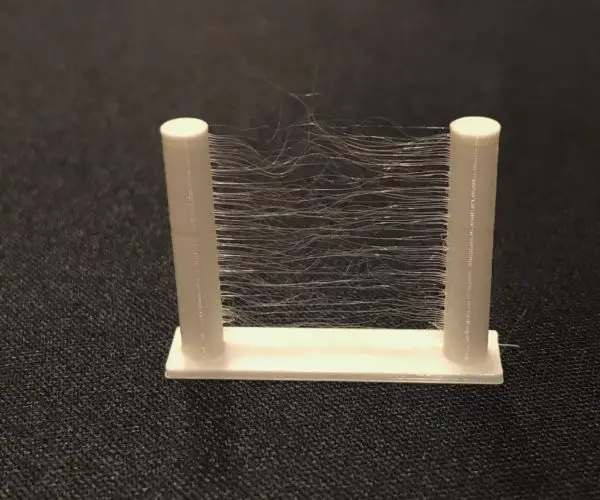
3D Printer Stringing? 8 Ways To Fix It
Stringing or oozing is a 3D printing issue characterized by the presence of very thin strands of plastic or "strings" in the final print. This is often caused by uncontrolled extrusion, particularly while the extruder is moving from one location to another. There are several methods to address stringing depending on the root cause of the.

3d printer stringing test
Stringing or oozing in 3D printing is when thin strings of filament appear between different parts of your design, compromising the quality of the print. As the nozzle moves from one section.
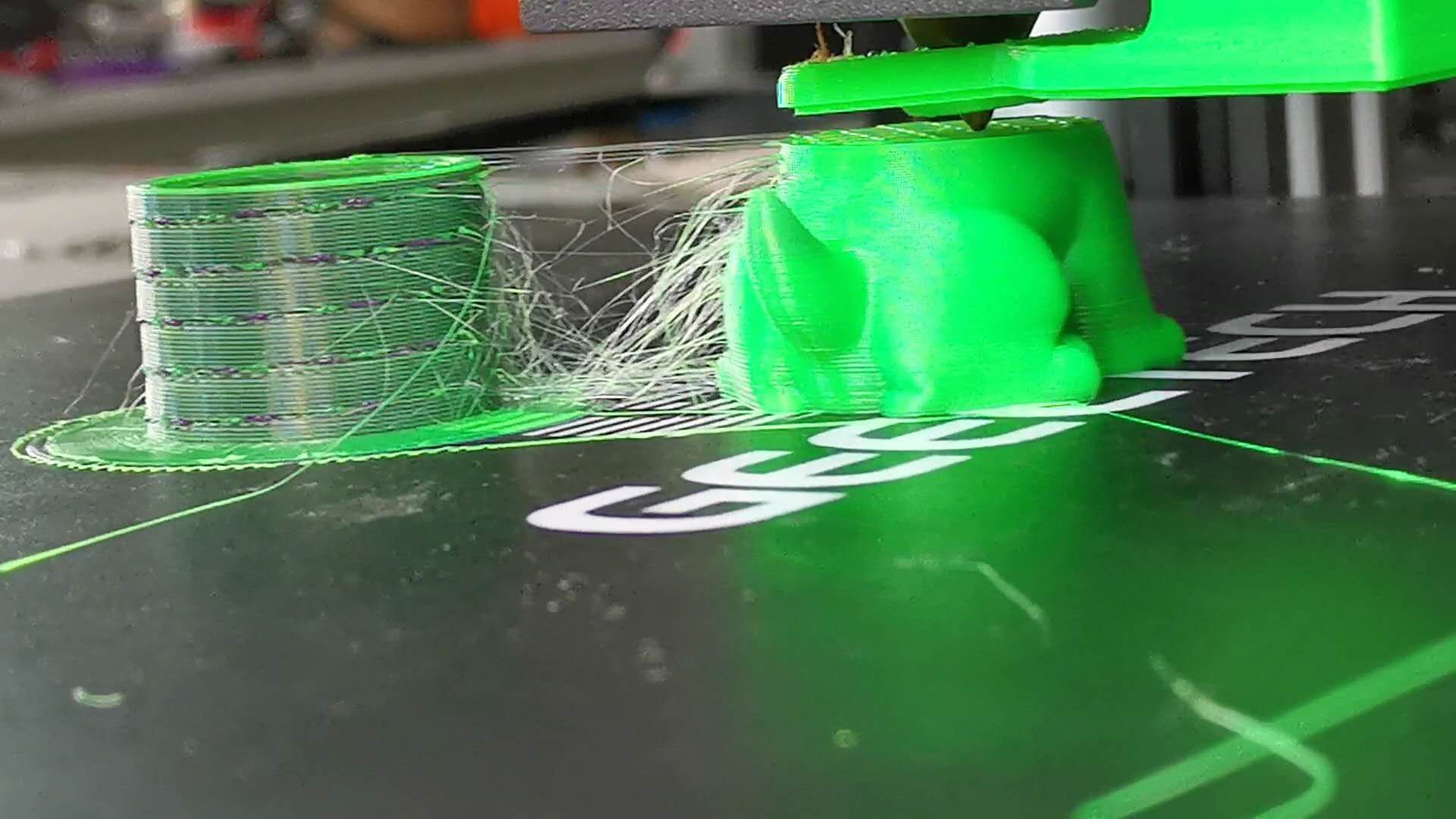
Stringing Geeetech
How to Fix 3D Printer Stringy Layers (Best Method) October 25, 2023 3DSourced Rigid Ink, 3D Printing Guides, Guides Key Takeaways Enable retraction: Retraction pulls back the filament into the print head to prevent oozing. Check if it is activated and adjust the distance and speed.

How to put the string into 3D printers Easy3Dmaker YouTube
Stringing (otherwise known as oozing, whiskers, or "hairy" prints) occurs when small strings of plastic are left behind on a 3D printed model. This is typically due to plastic oozing out of the nozzle while the extruder is moving to a new location. Thankfully, there are several settings within Simplify3D that can help with this issue.
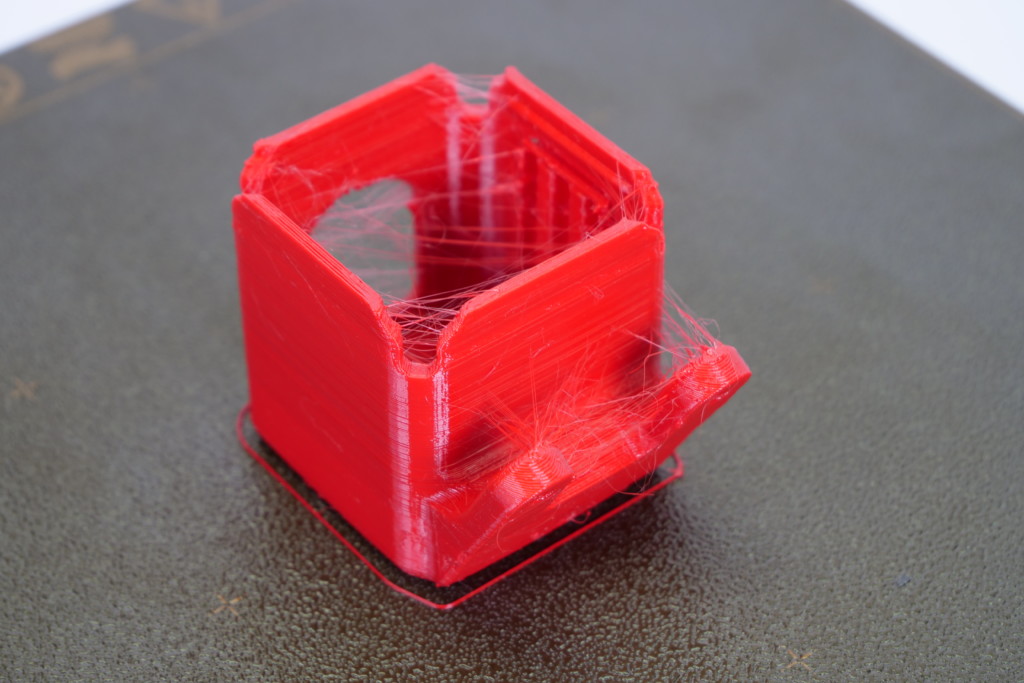
3D Print Stringing What Is It and How to Prevent It
Changing the settings for the temperature. The first thing to do to fix hanging is to check how hot your 3D printer is set. If the temperature is too high, turn it down by 5°C at a time until you find the right temperature. If the temperature is too low, you can also raise it in 5°C steps until you find the best temperature.

3D Printer Stringing (6 Easy Fixes to Prevent It)
What Is Stringing on a 3D Printer? Source: Youtube kalmanf. Stringing is a form of over-extrusion on a 3D printer, similar to zits and blobs, where too much filament is pushed out the nozzle. But, instead of the excess plastic appearing as unwanted blobs, it forms little strands that hang from the walls of a 3D print.
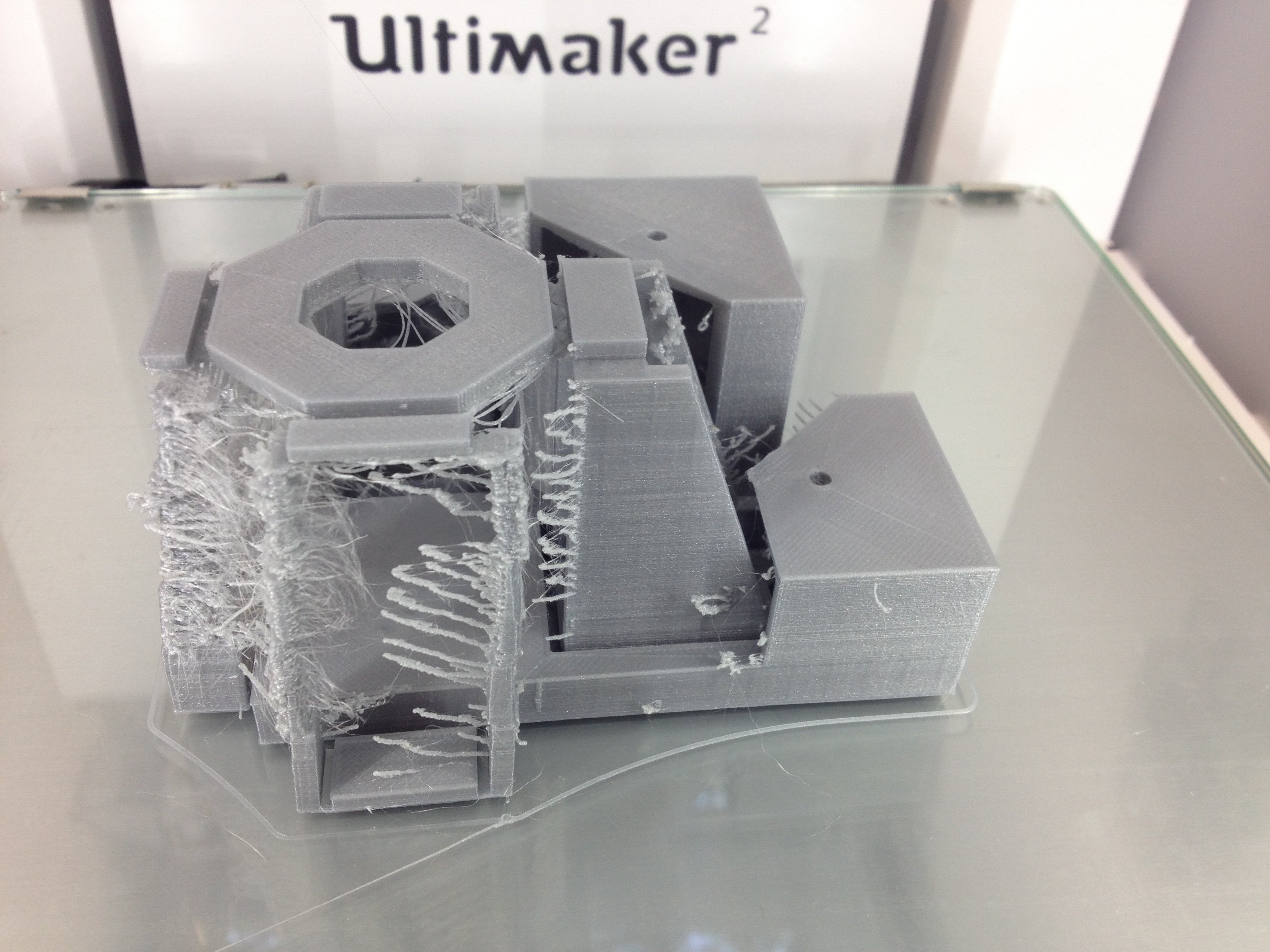
TeamCambridgeJIC/3D Printing
Retraction Settings. Printer maintenance is one way of troubleshooting 3D printer stringing, but another common problem that leads to stringing is incorrect slicer settings. These settings can be easily adjusted in slicing software like Cura or Simplify3D. Adjusting retraction settings is one way to fix stringing during the FDM printing process.
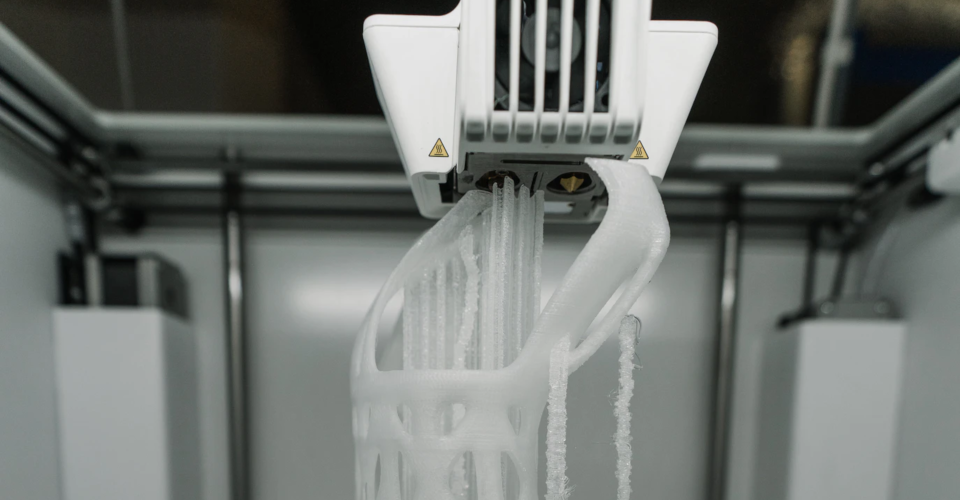
Stringing in 3D Printing Everything You Need to Know 3D Insider
3D print stringing, also known as oozing or webbing, is a common issue that can mar the finish of your prints. It occurs when molten plastic leaks out of the nozzle and forms thin strands when the printer head moves from one point to another. Stringing can make 3D prints messy and unfinished, and weaken the structural integrity of the print.
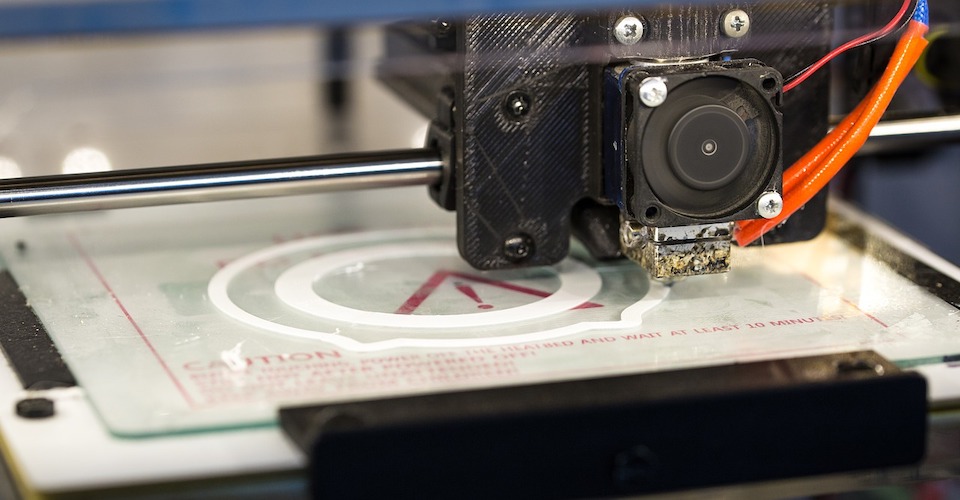
3D Printer Stringing What Causes it and How to Avoid it 3D Insider
Stringing occurs when thin strands of filament are left behind between different parts of a printed object. These strings can negatively impact the print quality and overall aesthetics of your 3D prints. In this article, we will explore what stringing is, its causes, and most importantly, how to avoid it. Understanding Stringing in 3D Printing

3D Printer Stringing (6 Easy Fixes to Prevent It)
In your 3D printer software, try to adjust your retraction settings by 1 mm increments and the retracting speed by 5 mm/s. Tweak these settings until you get the best results, although there may still be a few factors in play, as you'll see below.
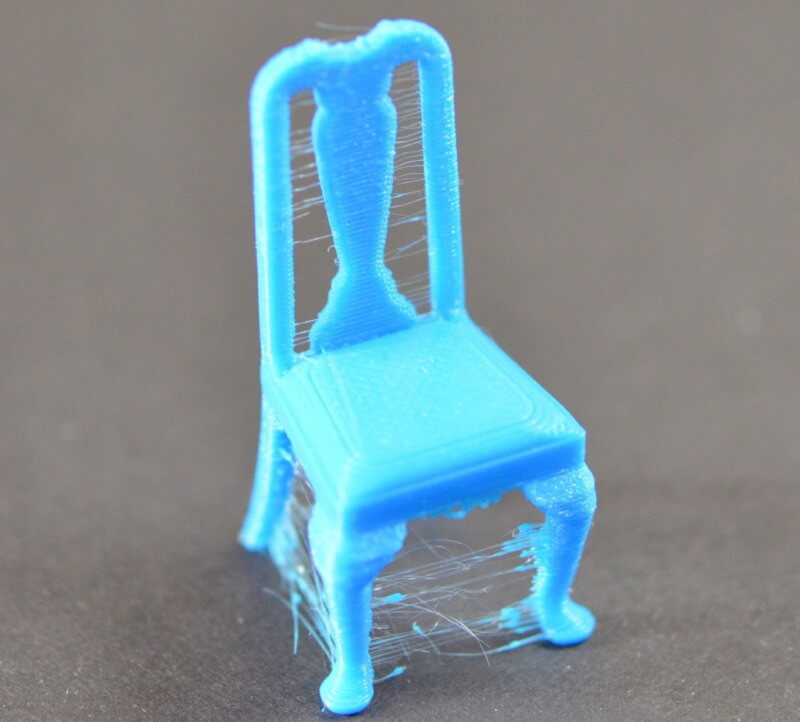
7 Common 3D Printing Errors and How to Fix Them Pick 3D Printer
How to Avoid 3D Print Stringing: The Ultimate Guide Updated Feb 25, 2022 32929 Printing with FDM technology might result in a number of defects due to incorrect mode, uneven quality of consumables, or some printer-related issues. We will consider the process of thread formation during nozzle movement, generally known as stringing or oozing.

A Cura 3D Slicer Tutorial to Get Your Slicer Settings Right 3D Printer Power
What Can You Do About Stringing in 3D Printing? To avoid having to deal with stringing when 3D printing, there are a few things you can adjust before printing to ultimately avoid those pesky strings. Starting with probably the most obvious point: temperature. We know that the more filaments are heated, the more fluid they are.
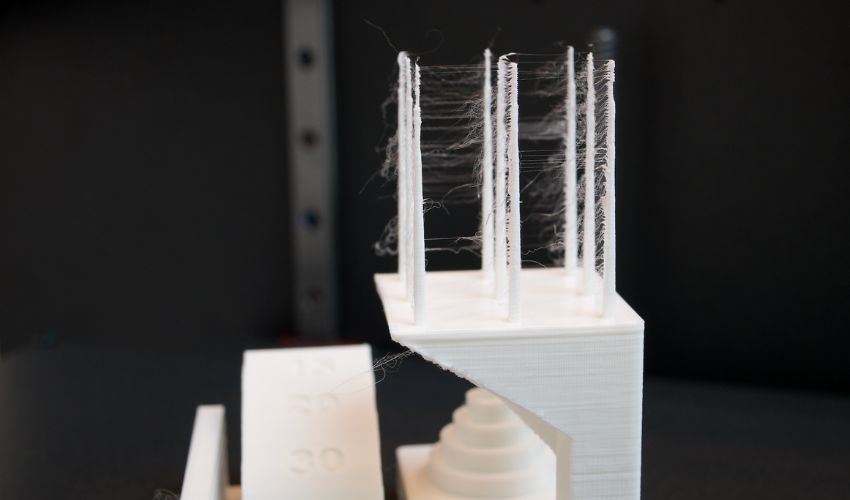
Stringing in 3D Printing What Is It and How Do You Fix It? 3Dnatives Hiswai
1. Enable Retraction Settings 2. Lower Printing Temperature 3. Increase the Travel Speed 4. Clean Your Nozzle 5. Dry Your Filament 6. Enable Coasting Final Thoughts How to Fix 3D Printer Stringing 3D printer stringing occurs when your nozzle deposits filament while traveling over open space.
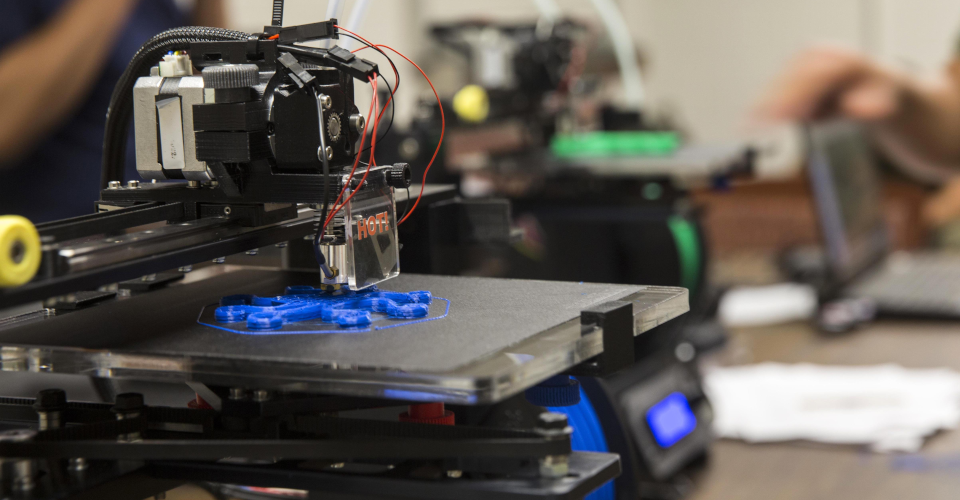
How to Fix Stringing in Your 3D Prints 3D Insider
3D printing stringing can occur when the filament is too warm and starts to melt before it's supposed to, which causes it to droop and leave strings behind. In this case, you can try decreasing the temperature of the hot end (the part of the printer where the filament is heated and extruded) by a few degrees and see if that helps.
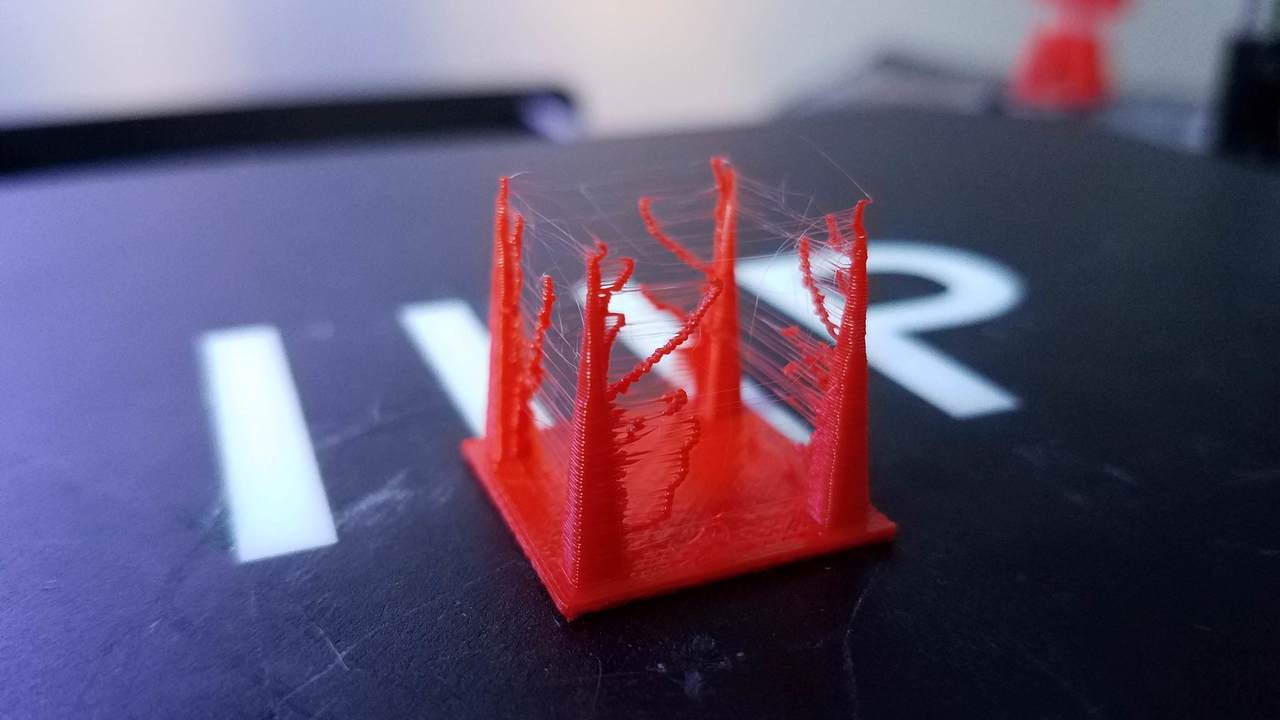
3D Printer Stringing 5 Simple Solutions All3DP
1. Make sure your filaments are free from moisture All 3D printing filaments are prone to moisture pickup when exposed to open air. This moisture can be present in microscopic bubbles within the filament which can expand and burst when subjected to the temperatures of a hot end nozzle.

3D Printer Stringing after nth layer CTC LTD 3D Hubs Talk
Stringing is a very common issue in 3D printing and it can make your 3D prints look really messy. The good news is that stringing is usually very easy to fix. Let's take a look at how to fix your 3D print stringing issues. In order to fix stringing, it's useful to understand why it happens in the first place.